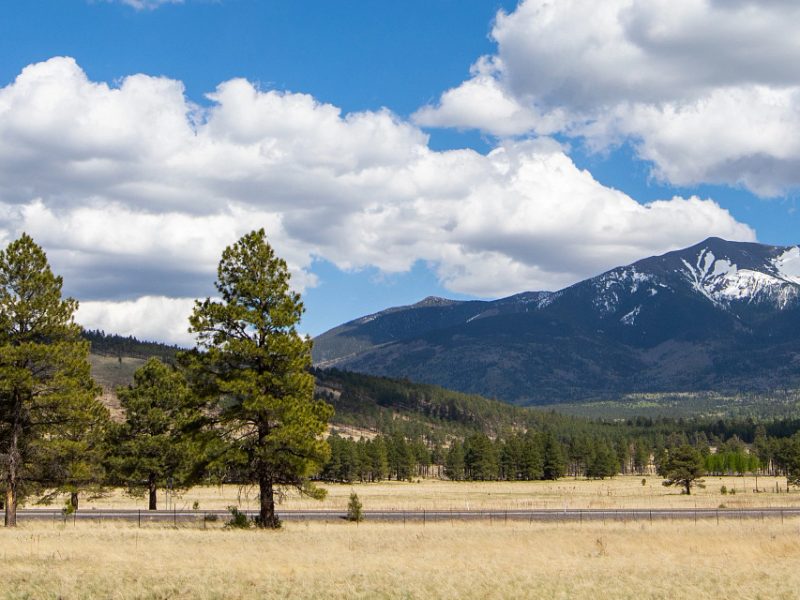Meeting the needs of the Navajo Nation
NAU College of Education at the forefront of dual language learning with Diné Dual Language Teachers Project
The Diné Dual Language Teachers Project (DLPD II) helps to meet the Navajo Nation’s need for dual-language teachers by providing coursework leading to a Master’s in Bilingual Multicultural Education and an Arizona Bilingual endorsement for 45 classroom teachers in grades Pre-K–12. This project is funded by Title III National Professional Development grant T365Z170071. The project strengthens dual language programs by including family and community members in family literacy workshops.
Fifteen teachers in cohort I are completing their first year in the project. This semester Lydia Fasthorse, their instructor in BME 520 Literacy/Biliteracy, is working with the teachers to plan thematic units based on community funds of knowledge. Fifteen teachers in cohort II began coursework in September. The program is recruiting students for cohort III, which will begin in January 2020. Blended online courses meet on four Saturdays in Flagstaff during the spring and fall semesters. There are five days of coursework on the Flagstaff campus each July.
According to the teachers, fluent Navajo speakers in their communities are primarily in their 60s or older, and many community adults, who attended boarding schools, never had opportunities to fully acquire language and cultural practices themselves. The resulting circumstance is an upcoming youth population even further removed from their heritage. The teachers maintain that there is a high need both to support Navajo language acquisition among students and to support students learning their traditions. Many students “do not know their history—treaties, the long walk, or the struggles that Navajo people have experienced.”
The program helps teachers “research their own culture, traditions and language” as this “makes you think about how you teach, reflect on discussions, etc.” Students sometimes do not relate to some of the existing instructional materials and methods because “they don’t see themselves in what they are learning.” Teachers believe this is “why some students are behind academically.” There is general agreement among these teachers that students need to acquire both their language and their culture; they assert that “multiple ways to do it” are needed.
Students also need to understand where their culture intersects with “science, social studies and other content areas, why this is important, and why they must learn.” According to one teacher’s vision: “to make this experience the best, the entire curriculum should be based around Navajo culture, history, and language.” Another extended this, saying: “Returning to one’s roots is valuable for all generations.” Expressing her ideal, another teacher described it this way: “I want to close my eyes and just hear Navajo.”
Learn more about the program here.
